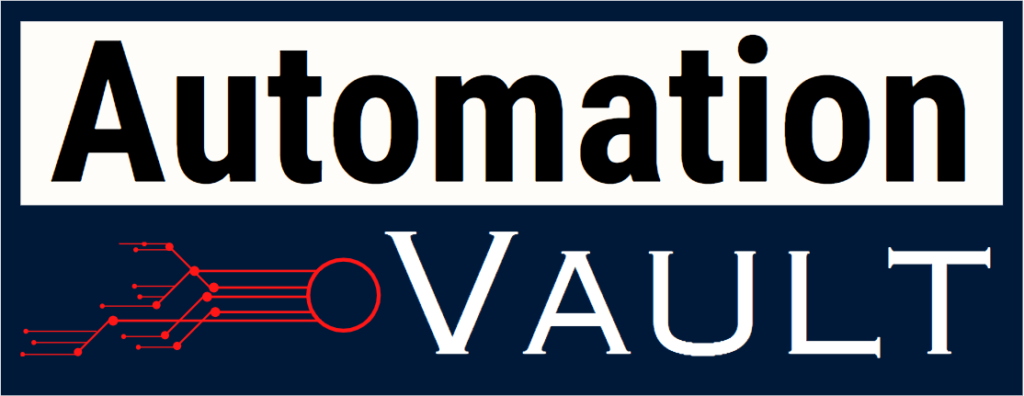Introduction:
In the ever-evolving landscape of software development and IT operations, the quest for efficiency and productivity has led to the emergence of high level automation. This transformative approach simplifies complex tasks, allowing users to automate intricate processes with minimal effort. In this comprehensive guide, we’ll explore the nuances of high-level automation, its applications, and the tools that drive this paradigm shift.
Understanding High Level Automation:
High-level automation is a paradigm that abstracts away low-level details, providing users with a more user-friendly interface for automating tasks. Unlike low-level automation, which involves granular control over individual components, high-level automation focuses on creating scripts, workflows, or processes without delving into the intricacies of underlying code or system architecture.
Applications of High Level Automation:
- Scripting Languages: Python, PowerShell, and JavaScript empower users to automate tasks, data processing, or interactions with other software components through concise and readable scripts.
- Automation Frameworks: Selenium, a web testing framework, and Ansible, known for IT infrastructure automation, offer pre-built functionalities and abstractions, enabling users to automate complex processes efficiently.
- Workflow Automation Tools: Platforms like Zapier, Integromat, and Microsoft Power Automate empower users to create seamless automated workflows that connect diverse applications and services, enhancing overall operational efficiency.
- Robotic Process Automation (RPA): RPA involves deploying software robots or bots to emulate human interactions with user interfaces. This technology is widely used for automating repetitive business processes, reducing errors, and increasing productivity.
- Task Automation in Integrated Development Environments (IDEs): Developers leverage features within IDEs to automate tasks like code compilation, testing, and deployment. This streamlines the development lifecycle and ensures consistency in software development processes.
Benefits of High Level Automation:
- Efficiency and Productivity: High-level automation streamlines tasks, reducing manual effort and accelerating processes. This results in increased efficiency and productivity across various domains.
- Error Reduction: Automation minimizes the risk of human errors associated with repetitive tasks. Automated workflows ensure consistency and accuracy in the execution of processes.
- Faster Time-to-Market: In software development, high-level automation expedites tasks such as testing and deployment, leading to quicker release cycles and improved time-to-market.
- Resource Optimization: By automating routine tasks, organizations can optimize resource allocation, allowing skilled professionals to focus on more complex and strategic aspects of their roles.
Challenges and Considerations:
While high-level automation offers numerous benefits, it’s essential to consider challenges such as:
- Learning Curve: Users may face a learning curve when adopting new scripting languages or automation tools. Training and documentation play crucial roles in overcoming this challenge.
- Customization and Flexibility: Some high-level automation tools may lack the flexibility to accommodate highly customized processes. Organizations must carefully evaluate tools to ensure they align with specific requirements.
- Integration with Legacy Systems: Integrating high-level automation with legacy systems can be challenging. Compatibility issues may arise, requiring additional efforts to ensure seamless integration.
- Security Concerns: Security is a paramount concern in automation. Organizations must implement robust security measures to protect against potential vulnerabilities introduced by automation processes.
Conclusion:
High-level automation stands at the forefront of innovation in software development and IT operations. Its ability to simplify complex tasks, reduce errors, and enhance efficiency makes it a game-changer across various industries. As organizations embrace the power of high-level automation, careful consideration of tools, training, and security measures will be pivotal to unlocking its full potential. The journey toward a more automated future has just begun, promising increased agility, productivity, and success in the dynamic realm of software and IT.


Leave a Reply